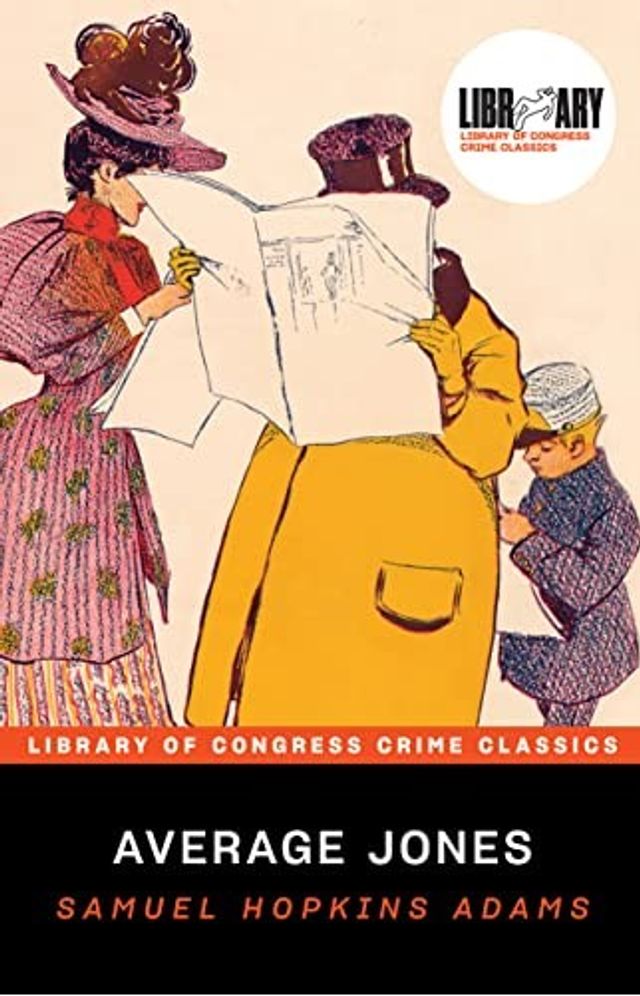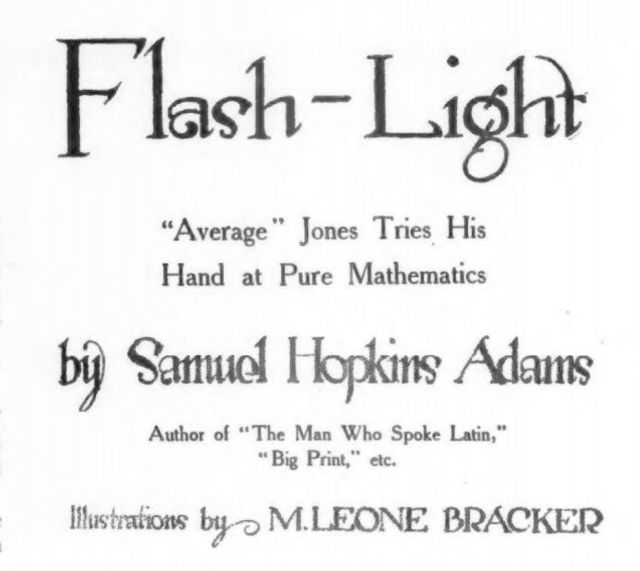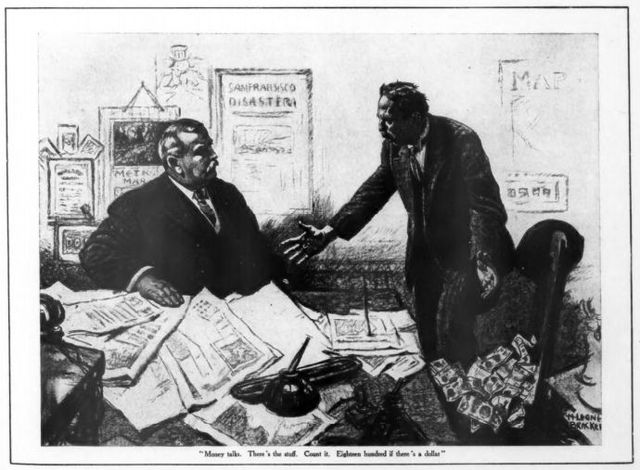-
Vijay Fafat
- Published on
“Average Jones” is a collection of eleven tales of detection, solved by a very smart, young man, Mr. Jones. His catchy alias came about because “his parents had foredoomed him to it when they furnished him with the initials A. V. R. E. as preface to his birthright of J for Jones.” (“Adrian Van Reypien Egerton Jones”)
Due to a timely inheritance from a wealthy uncle. He soon gets bored with common pursuits of life like travel and socializing and wishes for “a meaningful hobby”. As he puts it, “I’ve no taste for dissipation, either moral or financial. I want action; something to do. I’m bored, in this infernal city.” So he sets up a business as an “Ad-Visor”, analyzing classified ads for clients to warn them of potential scams. Surprisingly to him, a number of ads his friends show him appear to be “fronts” or suspicious efforts at swindling. There starts his leisurely “detection business”.
One of the cases, “One Best Bet” (which was first published as the story, “Flashlight” in April 1911 issue of “Success Magazine”), involves an advertisement announcing in code the assassination of the governor. Following a few clues and bullet holes, Average Jones deploys trigonometry to deduce the location of the potential shooter and the plan is foiled. As Average Jones explains in his final flourish:
“Meantime,” put in Average Jones, “let me direct your attention to a simple mathematical formula.” He drew from his pocket an envelope on which were drawn some angles, subjoined by a formula. Morrison waved it aside. “Not interested in mathematics?” asked Average Jones solicitously. “Very well, I’ll elucidate informally. Given a bullet hole in a telegraph pole at a certain distance, a bullet scar on an iron girder at a certain lesser distance, and the length of a block from here to Harrison Avenue —which I paced off while you were skilfully ordering luncheon, Waldemar—and an easy triangulation brings us direct to this room and to two fugitive gentlemen with whom —I mention the hypothesis with all deference, Mr. Morrison —you are probably acquainted.”
[…]
Governor Arthur looked from the wrecked camera-gun to the mathematical formula which had fallen to the floor. […] Governor Arthur nodded. “The debt is paid,” he said. “That knowledge must be your reward; that and the consciousness of having worked out a remarkable and original problem.” “Original ?” said Average Jones, eying the diagram on the envelope’s back, with his quaint smile. “Why, Governor, you’re giving me too much credit. It was worked out by one of the greatest detectives of all time, some two thousand years ago. His name was Euclid.”
It is not obvious how the author thinks the information helps in the triangulation process. It would have been better if he had actually included a diagram of the mathematical problem and explained the trigonometric part more for clarity… a lost opportunity, sadly.


